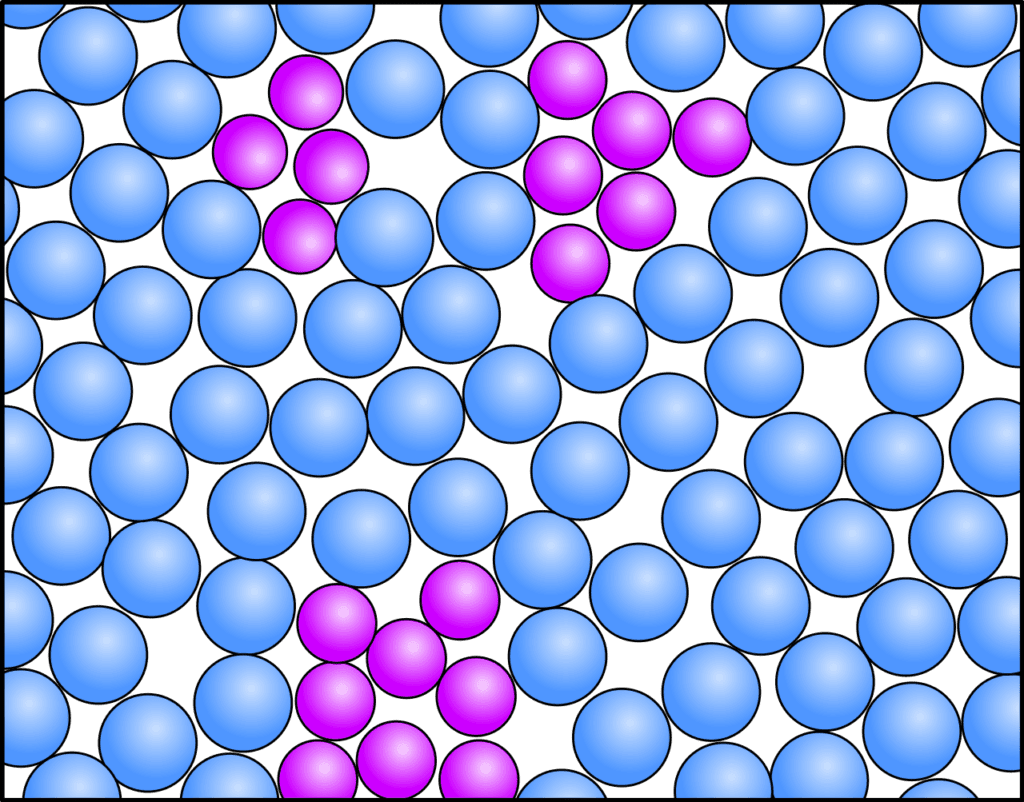We all know that oil and water together, are immiscible, it means they do not mix with each other. What if we need a medication, which requires the mixing of both of these ingredients as a disperse system? Have you heard of creams and emulsions or O/W emulsion and W/O emulsion? Let’s understand about this disperse system in little details:
Emulsions are a type of disperse system, where an insoluble liquid phase is dispersed within another liquid phase. Creams are also a type of emulsion, that offer good viscosity and consistency for topical preparations. These preparations are broadly presented in two types.
- Oil in Water emulsion (o/w): oil as dispersed phase and water as dispersion medium
- Water in Oil emulsion (w/o): water as the dispersed phase and oil as dispersion medium
Features:
- Emulsions are difficult to manufacture as two immiscible agents are formulated together to form a dispersed system.
- These are thermodynamically unstable preparations, hence stabilizers should be used for pharmaceutical preparation.
- Creams are used for external applications, emulsions may be administered through an IV, rectal or oral route as well.
- O/W and W/O preparations are used topically.
- Emulsions are unstable disperse systems than suspensions, so various excipients are used to stabilize it.
- O/W preparations: therapeutic agents that have low aqueous solubility are dissolved in the oil phase
- Some drugs have less palatability due to bitterness. Emulsions help to administer such drugs. A flavoring agent or artificial sweetener is used to mask the taste.
- Liquid paraffin is administered in o/w emulsion to achieve an optimum cathartic effect. The taste and odor are masked with flavoring agents.
- Certain drugs may cause irritation if applied topically. These drugs are administered with the help of o/w formulations.
- emulsions help patient convenience where swallowing solid dosage form is difficult.
O/W emulsion and W/O emulsion: Identification tests
- Electrical conductivity: Oil in Water emulsion conduct electric current whereas Water in Oil emulsions do not
- Dilution with water: Oil in Water emulsion may be diluted with water whereas Water in Oil emulsions cannot be diluted.
- Use of dyes: oil-soluble dyes for o/w emulsion whereas water-soluble dyes for w/o emulsion.



Pingback: Pharmaceutical Content Writing: How can I learn this skill? - PharmaCampus